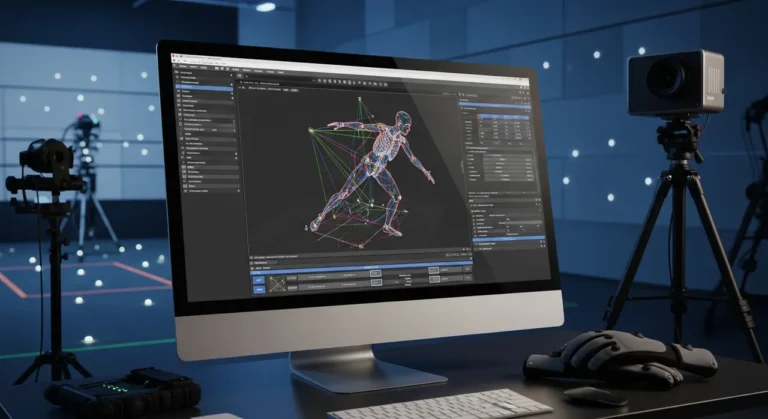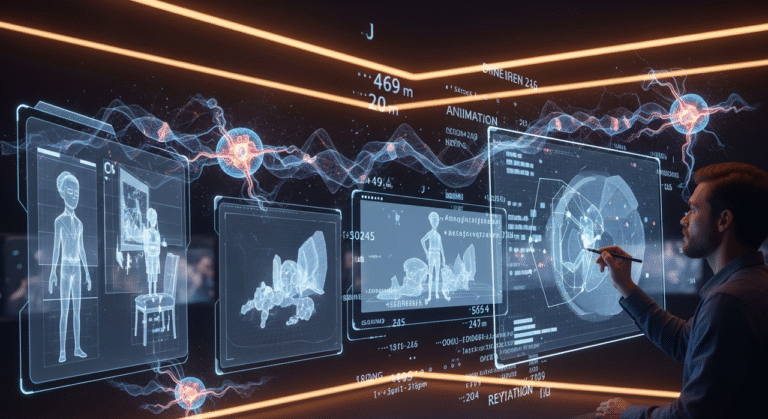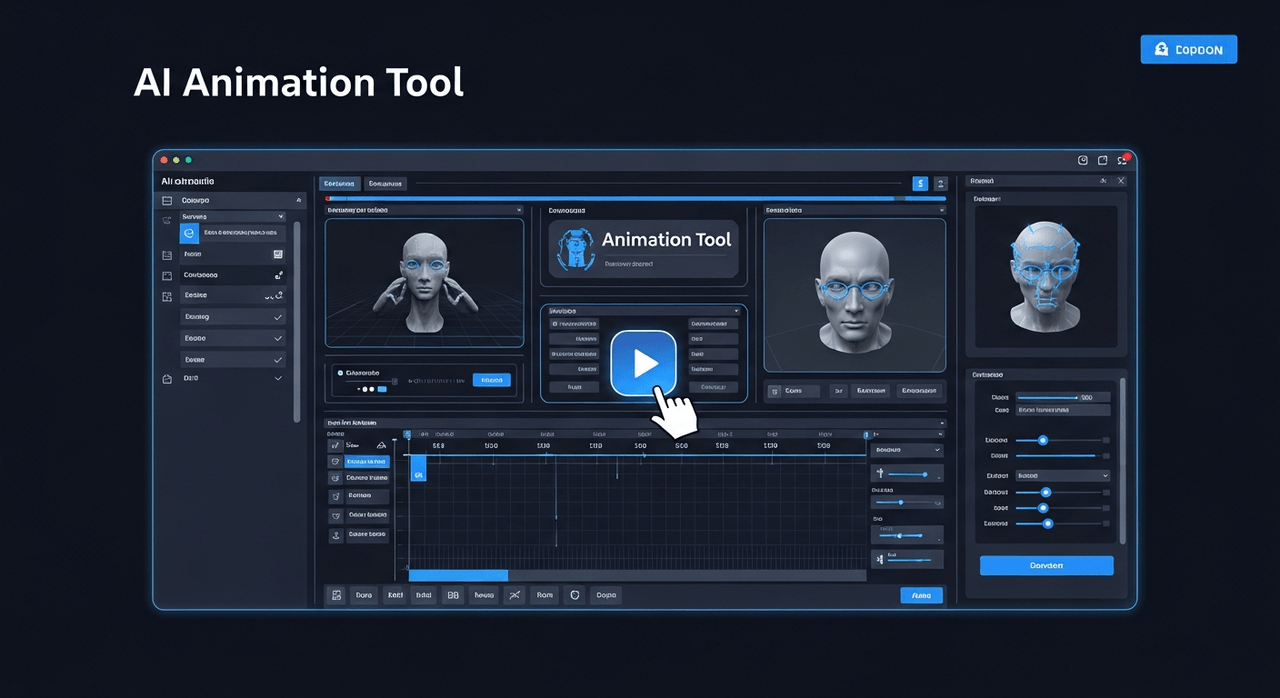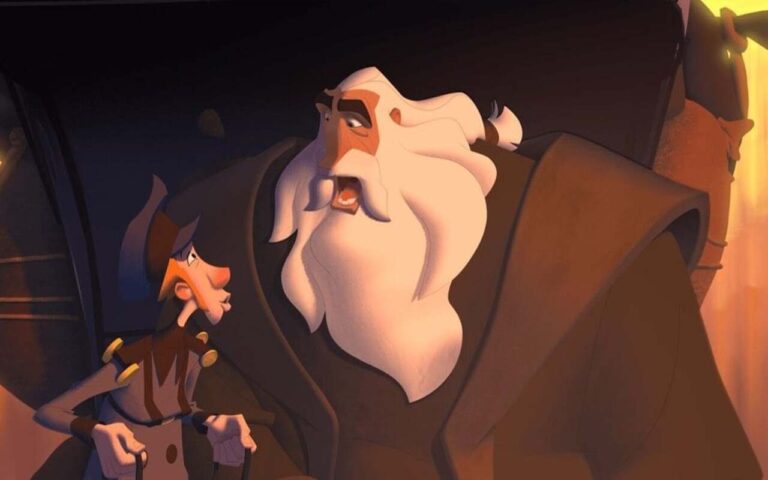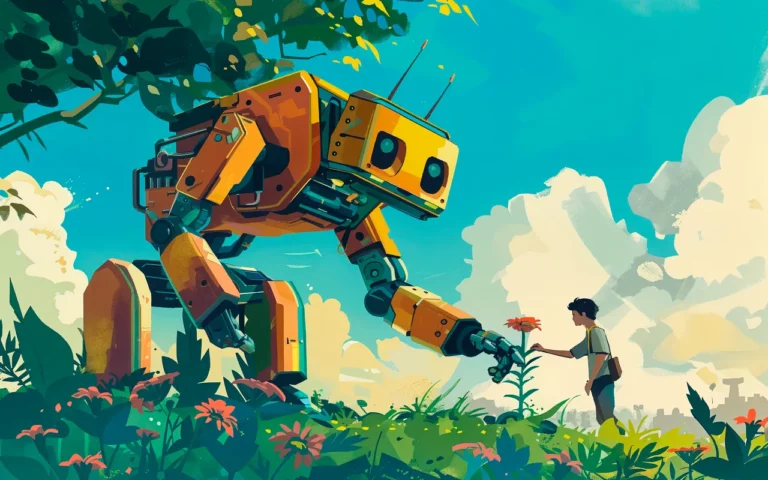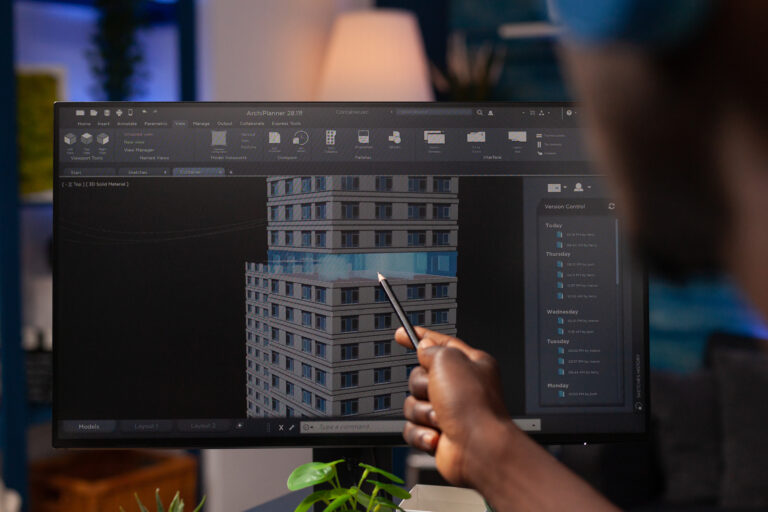Animation has always been an evolving art form; from hand-drawn 2D animation in the early days to the sophisticated 3D rendering we see today, animation techniques have continually progressed to revolutionize our perception of creativity.
Hybrid animation is a significant trend gaining popularity, as it is the seamless blending of 2D and 3D animation. In this technique, creators mix 2D’s classic, illustrative feel with 3D’s depth and realism to craft visually striking work. From various feature films to groundbreaking video games, mixing 2D and 3D has become a hallmark of modern animation, allowing artists to tell stories creatively.
In this article, we will provide a detailed guide on mixing 2D and 3D animation, covering the technical aspects, key methods, challenges, and some practical tips for aspiring animators.
For this matter, Pixune Studios has long become one of the frontiers in the animation industry by professionally combining 2D and 3D animation to breathe life into stunning yet imaginative worlds and characters.

Need 3D Animation Services?
Visit our 3D Animation Service page to see how we can help bring your ideas to life!
Understanding 2D and 3D Animation
Before diving into effectively blending 2D and 3D animation, it’s crucial to have a deep understanding of what each entails:
What is 2D Animation?
2D animation is the process of creating images in a two-dimensional space. It’s an art form that often involves either hand-drawing characters frame by frame or using digital tools to create flat, vector-based illustrations. There are different types of 2D animation, and they all have their specific charm.
You can learn more about this art form with our thorough guide on 2D animation and what it entails.
The defining feature of 2D animation is its flat appearance. Its illusion of movement is created through sequences of images slightly different from each other.
2D animation has been a constant in many of our memorable classics, such as The Lion King or Snow White, for which writers sketched the frames by hand.
Today, most of the different types of 2D animation are done digitally and with 2D animation software, like Toon Boom Harmony or Adobe Animate.
Despite technological advances, 2D animation retains its timeless charm due to its stylized, expressive look, often conveying emotions distinctively from 3D ones.
2D animators are for sure emblems of true artists.
What is 3D Animation?
3D animation involves creating images in a three-dimensional space, giving characters and objects depth, volume, and realism.
Unlike 2D animation, where each frame is separately drawn, 3D animators create digitally sculpted models and adjust the movements through keyframes.
Since 3D models can be rotated and moved in space, this technique offers more flexibility regarding camera angles and lighting, making it suitable for realistic projects and various animation styles.
Despite being a digital process, 3D animation art needs lots of time and effort. Various factors can influence how long it takes to create 3D animation, and they should all be taken into account.
3D animation is widely used in game development and film production because it can create lifelike environments and characters, such as in Toy Story and Frozen.
The Origins of Hybrid Animation
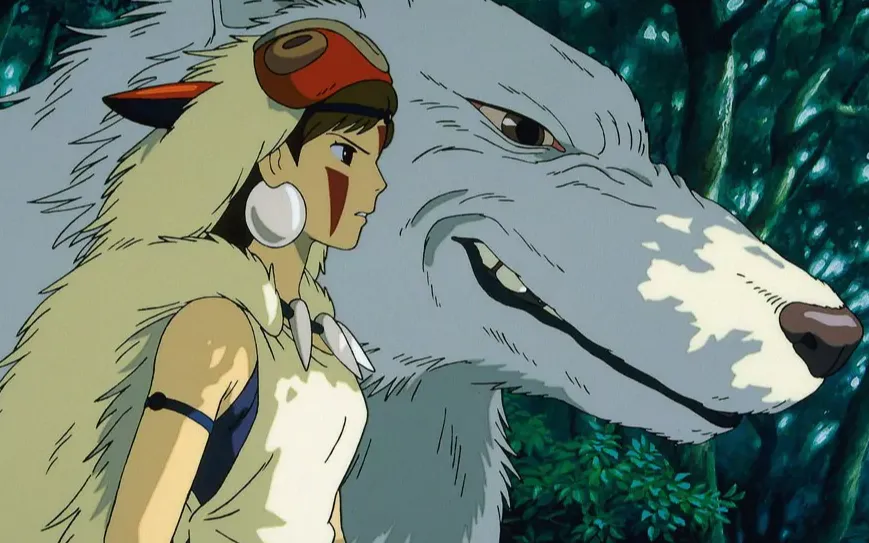
Before 3D animation took the scene entirely, the 2D style was commonly used by animators in different projects.
Due to its demanding nature, 3D animation was avoided by producers and animators.
The first company to break this cycle was Pixar, and it was done with the making of Toy Story (1994).
It wasn’t an easy process, and rendering the project took 800,000 machine hours. Pixar had to develop a new software called Renderman, which paved the way for more 3D productions in the industry.
But before the whole thing, 3D animation was selectively used in combination with 2D animation for a more efficient approach.
Beauty and the Beast (1991) by Disney and Princess Mononoke (1997) by Studio Ghibli are among the early examples of 2d and 3d animation combined.
Read More: 5 Reasons Why Pixar is so Successful
Hybrid Animation vs. Traditional Pipelines: A Clash of Creativity and Workflow
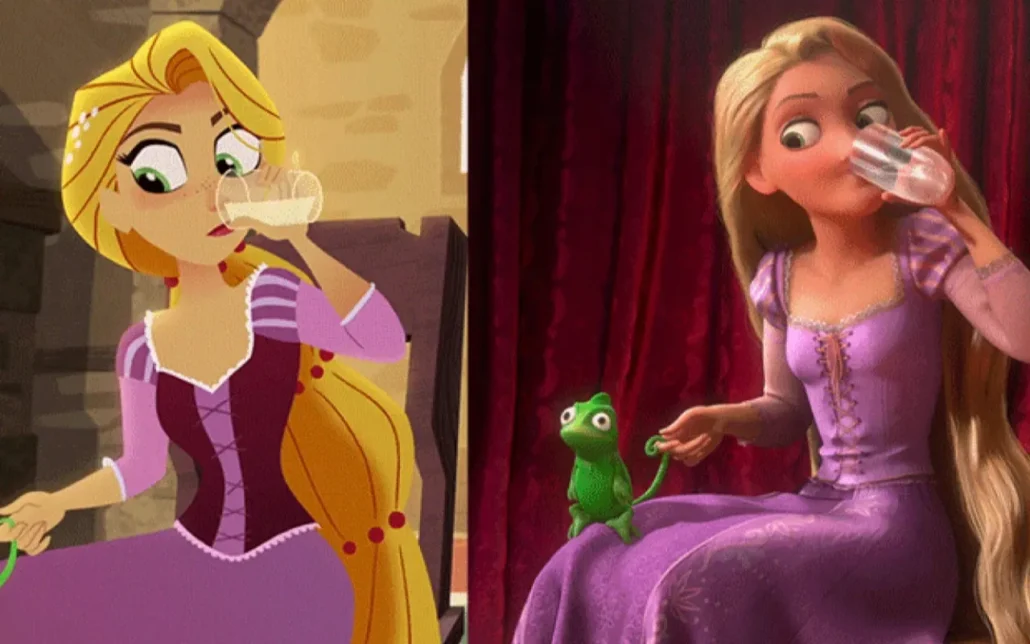
The traditional 2D animation pipeline, as well as the 3D animation pipeline, focus on a linear and unified process, whereas hybrid animation is all about unlocking creative freedom and possibilities by blending two different styles.
Even though traditional approaches are faster and easier to navigate, hybrid animation offers greater flexibility and better results.
By combining the artistic aspect of traditional art form and 3D technology,y we can unravel a whole new world of possibilities in the animation industry.
Hybrid animation gives the artists this opportunity to bend visual rules by blending realism and artistic vision, or tradition with innovation.
Hybrid animation can redefine what animation can look like, and if it is used in the right way, the result can be a standout piece with lots of potential.
Advantages and Disadvantages of Mixing 2D and 3D Animation
But why go through the effort of mixing 2D and 3D animation?
Hybrid animation, like everything else, has its strengths and weaknesses. So, if you’re wondering if hybrid animation is really worth it for animation services, this section will help you decide.
There are lots of differences between 2D and 3D art, and that’s why their combination is always fascinating.
Advantages of Hybrid Animation
These are some of the advantages of 2D/3D hybrid animation that make this art-form unresistable:
1) Enhanced Visual Appeal!
One of the primary motivations for mixing 2D and 3D animation is the potential for enhanced visual aesthetics. By combining the classic look of 2D animation with the depth and dimension of 3D, artists can create a unique hybrid style that feels fresh and innovative.
For example, many hybrid animations use 2D animation for characters, overlaying them onto 3D-rendered backgrounds or objects. The contrast between the flat look of the characters and the realistic 3D environments can make the characters pop and draw attention.
2) Creative Storytelling Opportunities!
From a storytelling perspective, mixing 2D and 3D animation allows visual direction flexibility.
Specific sequences may benefit from a more cartoonish, exaggerated 2D look, while others may require 3D realism and depth.
3) Efficiency in Production!
While 3D animation can be resource-intensive and require significant time and computing power, 2D backgrounds can be faster and cheaper to produce. By combining 2D and 3D techniques, animators can save both time and resources.
For example, creating a 3D character to interact with 2D backgrounds can cut production costs, and animating 2D effects like smoke on top of 3D-rendered models can be faster than simulating these effects in 3D.
Disadvantages of Hybrid Animation
Here are some of the disadvantages of 2D and 3D animation combined that you have to consider before kick starting a project:
1) Higher Production Costs
Hybrid animation requires both 2D and 3D teams, or artists skilled in both—doubling the planning, coordination, and sometimes the labor. Each style needs its own software and supervision, leading to the need for a bigger budget, which is more than the individual costs of 2D and 3D animation.
2) Time Consuming
Producing a hybrid animation can be time-consuming because we are mixing two different styles with different techniques and workflows.
Even if the 3D part is rigged and automated, the 2D layer might require hand-drawn corrections or enhancements, like facial expressions, outlines, or stylized effects. 2D design can definitely be time-consuming. The high effort that goes into such work can explain the amount of time it takes to produce a 2D animation.
In hybrid animation, the animators are dealing with separate pipelines that must sync, and the artists must go back and forth to match movements, lighting, and styles, which can be time-consuming.
3) Increased Production Complexity
As it was mentioned before, mixing 2 different styles is not an easy task and needs skill. An important aspect of hybrid animation is consistency in style and to stay in the same visual world. It might sound simple, but as 2 different styles are being blended, it’s actually a hard task.
What Are The Key Techniques for Mixing 2D and 3D Animation?
Animators use various techniques to ensure that 2D and 3D animations blend smoothly. You can see how 3D animation is combined with 2D effects in the video above. The result is a beautifully textured and visually pleasing animation filled with depth and profoundness.
Here are some of the most common methods used in mixing the two styles:
1) Compositing:
Compositing is the process of layering multiple visual elements to create a final image. Hybrid animation involves layering 2D and 3D materials to make them look compatible, which is a key part of the layering pipeline.
For example, a 3D character might be placed into a 2D background, but without proper compositing, the character might look out of place due to differences in lighting, perspective, or texture.
By adjusting the lighting, shadows, and color grading during compositing, animators can create a unified visual that makes the elements feel cohesive.
2) Matching Perspectives:
Perspective is one of the most important factors to consider when combining 2D and 3D elements. If the camera moves in a 3D space, the 2D elements must match that movement to avoid mismatches.
By ensuring the perspective line-up, you can induce that both 2D and 3D elements exist in the same world.
3) Stylization:
Another way to blend 2D and 3D animation is to apply similar styles to both.
Stylization involves using textures, shading, and color palettes to give 3D objects a more 2D appearance—or vice versa! For example, you might add subtle lighting and shading effects to 2D characters to provide them with more depth and integrate them into a 3D environment.
Learn more about using 2D VFX in 3D animation to gain deeper technical knowledge on mixing these two formats.
Using 3D Elements in 2D Animation:
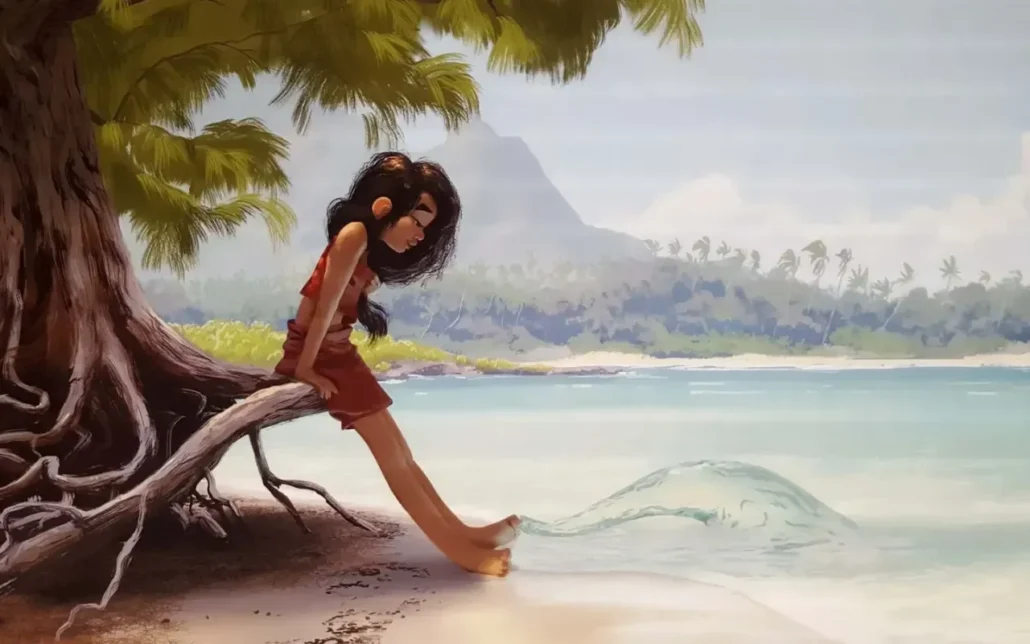
In many hybrid projects, most of the production is done in 2D, with 3D elements added to enhance the visual complexity.
These 3D elements are typically rendered in a way that mimics the 2D style so that they blend seamlessly into the scene.
What Are The Benefits of 3D in 2D Animation?
Incorporating 3D elements into 2D animation allows animators to add realistic details without hand-drawing complex shapes.
Additionally, since 3D models can be rendered from any angle, animators don’t need to redraw objects for every frame as with 2D animation.
Mastering the Blend: 2D and 3D Animation for Characters
The most demanding yet enticing aspect of hybrid animation is blending 2D and 3D animation for characters.
Character animation is a key part of any animated film or game, and it is crucial to get the style and movement right.
1) 2D Characters in 3D Worlds:
A common technique in hybrid animation is placing 2D-animated characters into 3D environments.
This approach allows animators to keep the stylization of 2D animation while benefiting from the depth and realism of a 3D background.
In this scenario, it is essential to ensure the characters interact naturally with the 3D environment around them.
For instance, when a 2D character walks on a 3D-rendered floor, the perspective of their movement needs to match the layout of the 3D space. Similarly, shadows, reflections, and lighting should be adjusted to ensure the 2D character doesn’t look like it’s “floating” unnaturally within the 3D scene.
This method is used in films like Space Jam and The Iron Giant, where 2D characters exist in a world with 3D objects and real-life features.
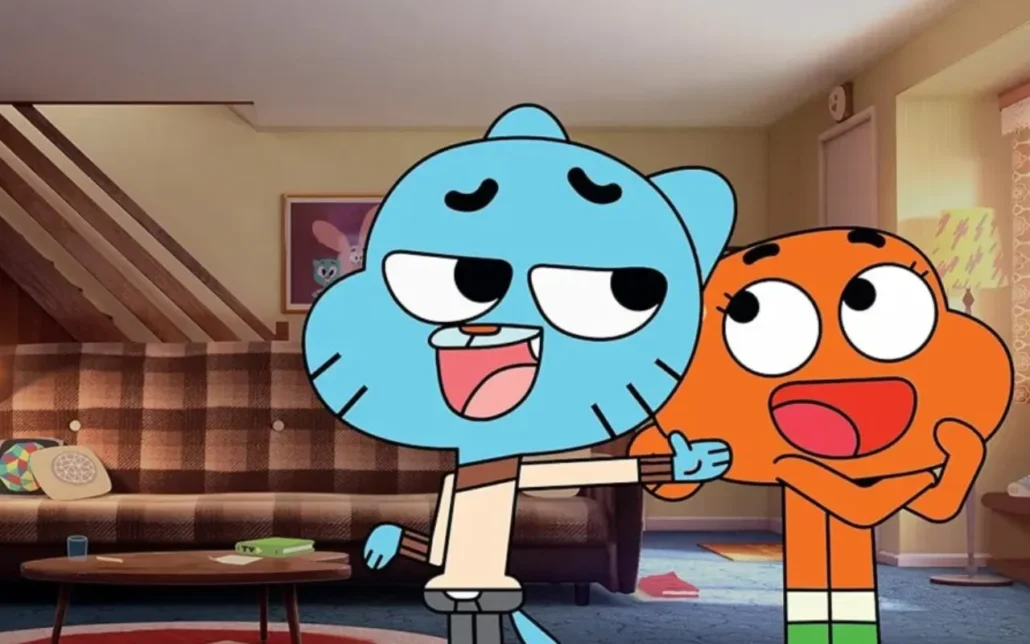
2) 3D Characters in 2D Worlds:
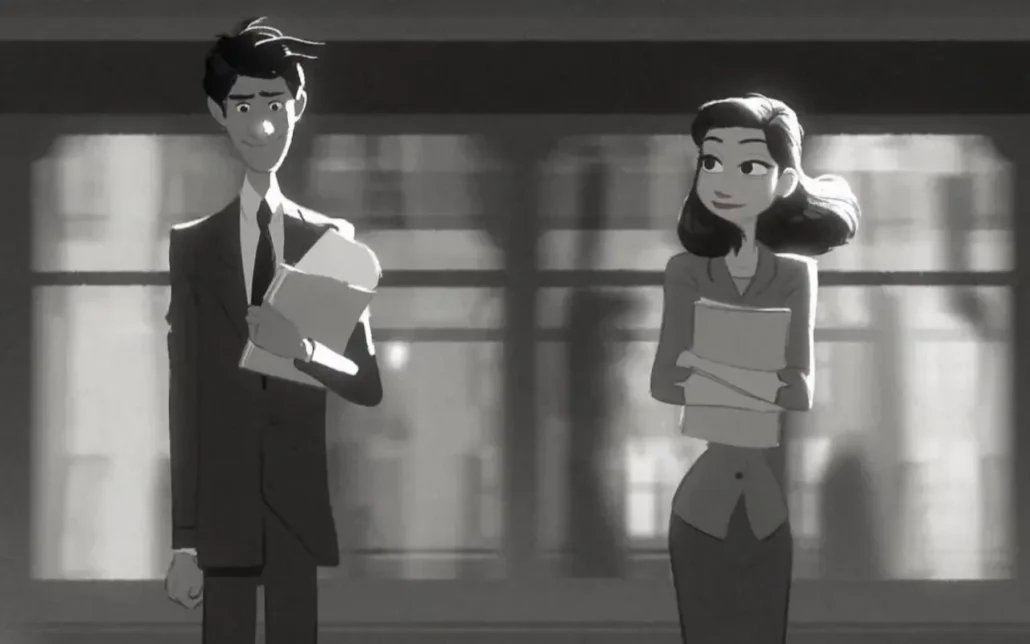
Another common method is incorporating 3D-animated characters into 2D environments. While 3D characters can offer more realistic movement and depth, the challenge lies in maintaining a cohesive visual style with 2D backgrounds.
In these projects, animators often apply a process known as cel-shading to the 3D models.
Cel-shading gives 3D characters a more hand-drawn look to blend with the 2D environment. This technique simplifies the colors and shading of the 3D model to resemble 2D animation.
This method is used in video games like The Legend of Zelda: Breath of the Wild, where the characters are 3D but cel-shaded to appear hand-drawn in a 2D style.
3) Balancing Character Movement and Physics:

Due to the realistic rendering process, characters in 3D animation often have a more natural sense of physics. Conversely, 2D animation is more stylized with exaggerated movements and expressions.
When combining the two, animators must ensure the movements are consistent across both mediums. Spider-Man: Into the Spider-Verse” (2018) is a good example for such balance.
What Are The Best Software and Tools for Hybrid Animation?
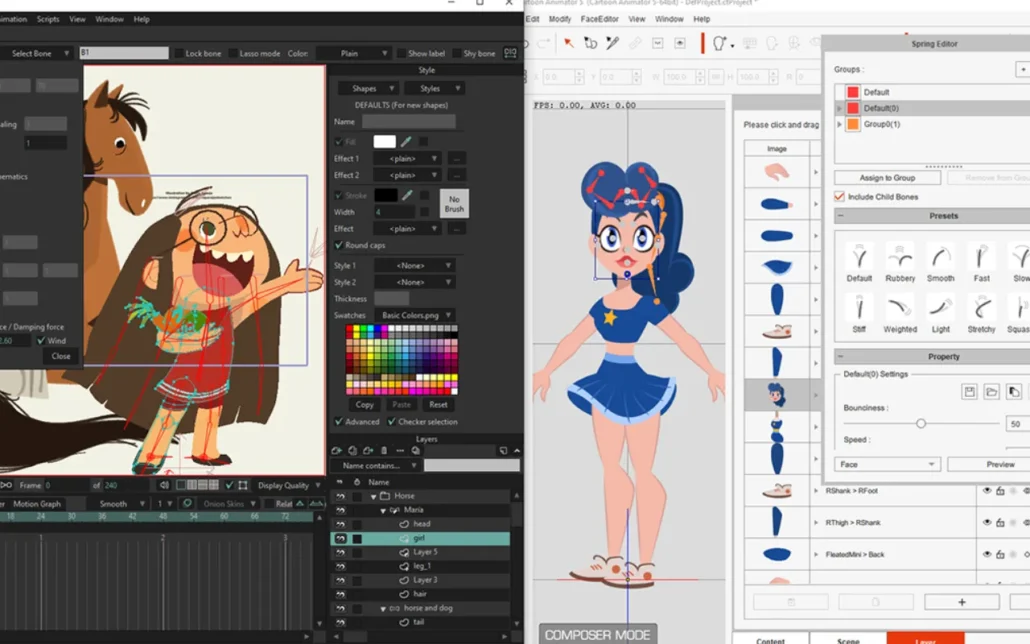
Mixing 2D and 3D animation requires specialized software that effectively handles both mediums.
Below are some of the best tools used in the industry for combining the two styles:
Adobe After Effects:
While primarily known for its visual effects (VFX) and compositing capabilities, Adobe After Effects is a powerful tool for mixing 2D and 3D animation.
The software allows animators to import 3D models and layer them over 2D animated footage, providing control over lighting, shadows, and depth.
Blender:
Blender is a free and open-source tool that offers various 2D and 3D animation features.
It includes a Grease Pencil tool that allows animators to draw 2D images directly into a 3D space, making it ideal for hybrid animation. This tool makes Blender practical for projects that require hand-drawn 2D animation with the flexibility of 3D models and environments.
Toon Boom Harmony:
Toon Boom Harmony is the industry-standard software for 2D animation, used in many high-profile animated shows and films.
However, it also includes robust support for 3D assets, making it a powerful tool for hybrid animation projects.
Harmony allows animators to import 3D models and integrate them into 2D scenes. Its rendering controls ensure that the elements blend naturally with each other.
Autodesk Maya:
Autodesk Maya is one of the most popular tools in the 3D animation industry because of its powerful modeling, rendering, and texturing tools.
While it is primarily used for 3D animation, Maya can also be used with 2D animation for hybrid projects.
Read more about the differences between Maya and Blender to choose the most suitable software for your production.
Common Challenges and Solutions When Mixing 2D and 3D Animation
Mixing 2D and 3D animation presents challenges, ranging from visual inconsistencies to technical limitations.
However, these challenges can be overcome with careful planning and attention to detail. Let’s explore some common obstacles and how to tackle them:
Style Mismatch!
If the 2D and 3D elements don’t match or blend smoothly, the final product can look disjointed and unprofessional.
- Solution: The key to solving this issue is to carefully match the lighting, color palettes, and shading techniques used in both the 2D and 3D elements using cel-shading or the other mentioned techniques.
Complex Workflow!
2D and 3D animation have different workflows, and combining them can sometimes lead to organizational issues or mismatches in frame rates and timing.
- Solution: To maintain the workflow, it’s crucial to use animation software that supports both 2D and 3D elements for one project. Additionally, keeping a unified frame rate and timing chart for both 2D and 3D animation is essential to ensure consistency across the project.
Technical Limitations!
3D rendering is often resource-intensive, leading to slower production times or lower-quality output if the hardware isn’t capable of handling the workload.
- Solution: Reducing the polygon count of 3D objects or using simpler textures can reduce the rendering time without sacrificing visual quality. Additionally, investing in powerful hardware or using cloud-based rendering services can help handle the demands of mixing 2D and 3D animation.
Examples of Successful 2D and 3D Animation Blends!
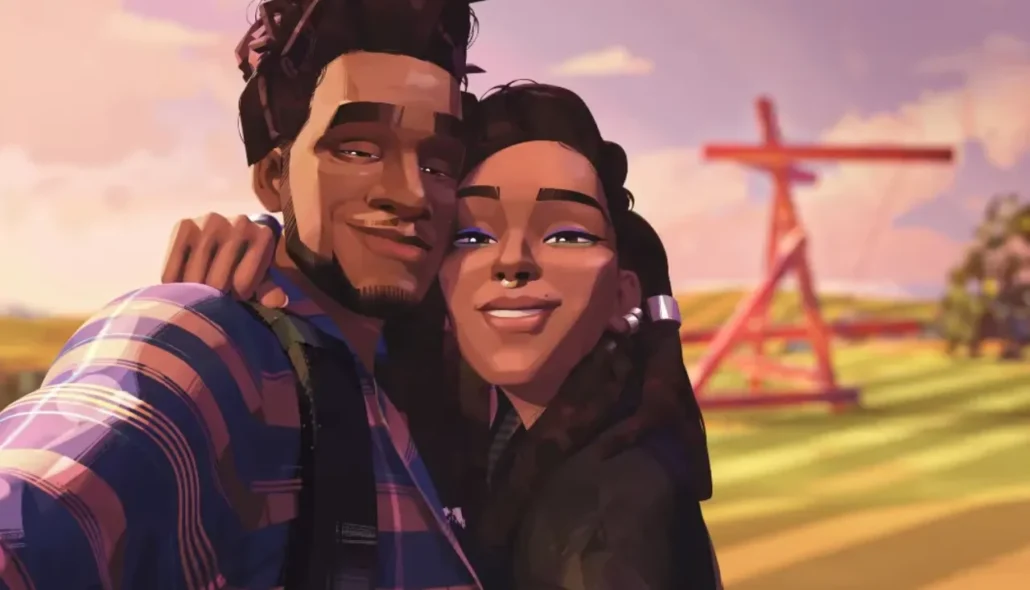
Many renowned films, series, and games have blended 2D and 3D animation and demonstrated the power of hybrid animation to create unique visuals.
Here are some projects that have excelled in this area:
Spider-Man: Into the Spider-Verse
Spider-Man: Into the Spider-Verse successfully pushed the boundaries of hybrid animation to bring a comic book aesthetic to life.
The film uses 3D characters and environments but enhances the action with 2D visual effects, such as hand-drawn motion lines and comic book text.
The Iron Giant
The Iron Giant is a classic 2D animation enhanced by 3D elements. The Iron Giant character is a 3D model animated within a 2D-animated world.
The film’s animators used cel-shading techniques to make the giant blend seamlessly with the 2D-animated characters and backgrounds.
Klaus
Though Klaus initially appears to be a 2D-animated film, it uses 3D techniques to enhance lighting and shadows, adding depth and realism to the 2D characters.
The film used advanced lighting algorithms – typically found in 3D rendering – to create an immersive yet handcrafted look.
Hybrid Animation in Business and International Media
Hybrid animation can be a way for different brands to create brand identity and stand out in their respective markets. Businesses can utilize hybrid animation techniques to create commercial animations as a part of their advertising campaign.
Hybrid animation is used not just in entertainment, but also in:
- Corporate presentations
- Training videos
- Mobile apps and UX design
- Documentaries and educational content
Because hybrid animation can blend different art styles (like Eastern 2D aesthetics and Western 3D realism), it’s easier to localize and adapt for various cultural markets.
Hybrid formats can cross cultural boundaries by blending the stylization of anime, the depth of Western 3D animation, and experimental indie vibes.
Accordingly, due to its versatile nature, combining 2D and 3D animation can be utilized by different studios from different countries to blend culturally significant styles to create art that is identified as versatile and proceeds beyond borders.
Some Tips for Aspiring Hybrid Animators: Where to Start?
If you want to explore the world of hybrid animation, you must have some knowledge about basic principles of animation as well as some techniques that will come in handy.
Here are some practical tips to help you succeed in this growing field:
1) Master the Fundamentals of Both 2D and 3D Animation!
To create seamless hybrid animation, it’s crucial to be a semi-pro in both 2D and 3D animation techniques.
This means developing a solid understanding of key animation principles such as timing, squash and stretch, anticipation, and follow-through for both mediums.
Take the time to practice 2D animation by learning frame-by-frame techniques and familiarize yourself with 3D animation software like Blender or Maya.
2) Learn Compositing and Visual Effects (VFX):
Compositing is one of the most critical skills for hybrid animators. Blending 2D and 3D elements seamlessly often involves manipulating layers, applying lighting effects, and adjusting the color balance.
Additionally, visual effects (VFX) help simulate lighting, shadows, or particle effects so that 2D and 3D elements interact more naturally.
3) Experiment with Stylization!
One of the most exciting aspects of hybrid animation is the ability to experiment with styles!
For instance, you can animate 3D objects with a hand-drawn look or use 2D animation to exaggerate certain movements within a 3D environment. As a hybrid animator, you can find your distinctive voice by creatively implementing these styles to complement each other.
4) Study Hybrid Animation in Action!
Watching and analyzing existing hybrid animation projects is a great way to learn what works and what doesn’t. Studying former creators’ challenges can inspire your projects and help you avoid common pitfalls.
5) Start Small, Then Build Up!
Mixing 2D and 3D animation can be complex, so it’s a good idea to start with smaller projects before tackling more ambitious ones.
Starting with smaller projects will allow you to develop your hybrid animation skills without becoming overwhelmed by the technicalities of larger productions.
Final Words
Mixing 2D and 3D animation is a creative notion that allows animators to craft visually stunning and narratively rich projects.
By combining the expressive qualities of 2D animation with the depth of 3D animation, creators can produce something familiar yet groundbreaking.
Mixing 2D and 3D animation requires a deep understanding of both techniques and a keen eye for identifying and tackling challenges such as visual consistency, technical limitations, and workflow complexity.
Whether working in film production, game development, or visual effects (VFX), mastering hybrid animation will set you apart as a versatile animator.

